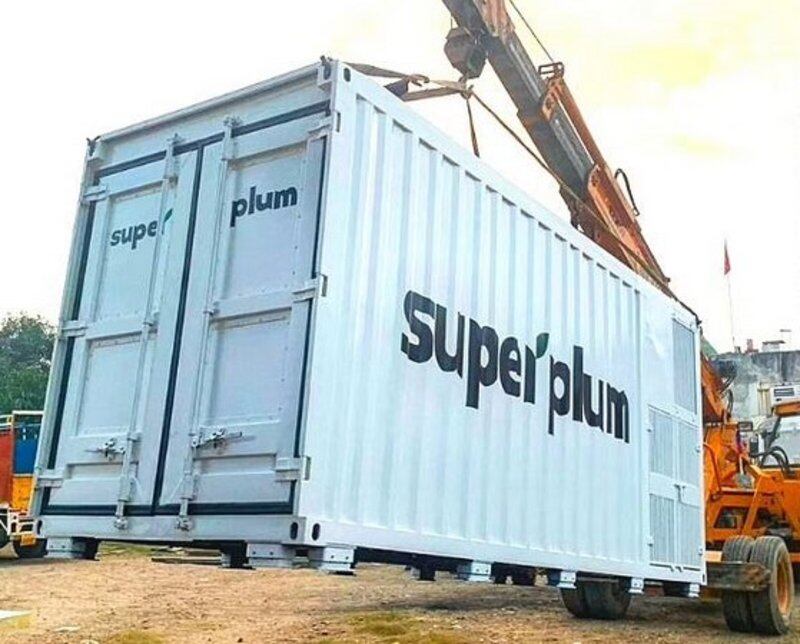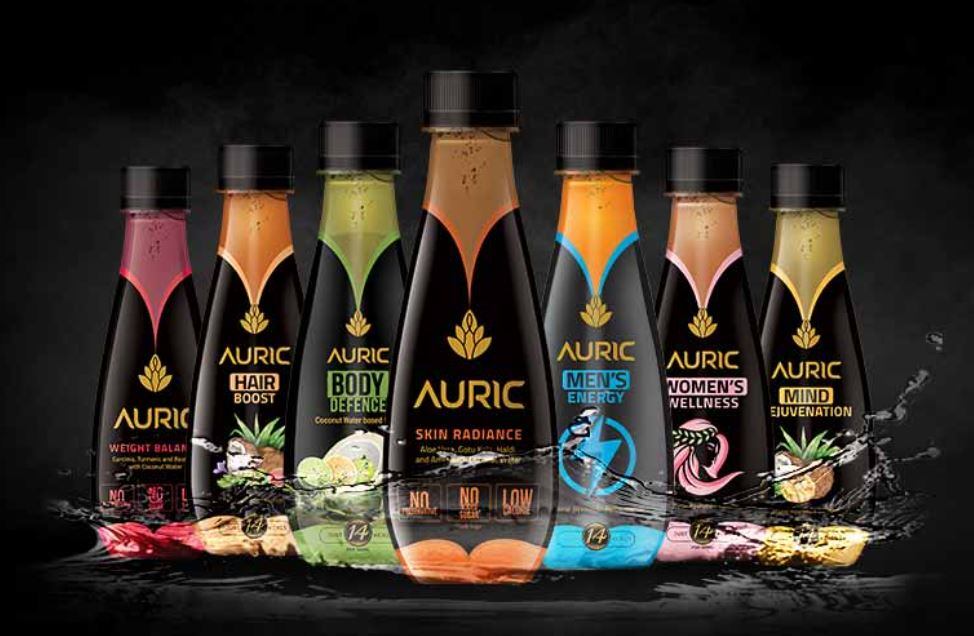India’s cold chain logistics industry is notorious for being limited and underdeveloped due to both the size of the country as well as technological hindrances, which has led to severe challenges getting food products and fresh produce in particular across long distances if delivered by land.
“A previous government study put the shortage of cold chain at something like 97%, and what cold chain does exist, which is not a lot, is largely catering to FMCG products such as ice cream, chocolates and milk,” Superplum Founder and CEO Shobhit Gupta told FoodNavigator-Asia.
“Only a very small portion of this, less than 2%, is for fresh produce such as fruits so essentially cold chain for fresh produce is miniscule and virtually nonexistent, but the projected market size of fresh produce in India is [huge at] US$300bn.”
“[As such], we started with fruits as we saw the maximum value here - Right now, we are seeing a situation where in places like South India, there are rarely any fruits from the north such as cherries and plums as these are some 2,500km away and there is barely any way to get them from point A to B short of airlifting which is really expensive – this is an example of a gap we can fill with our solution, the Fresharator.”
Basically, the Fresharator is a digitised container that can be controlled remotely to ensure crucial parameters such as temperature, humidity and even the ripening compound ethylene can be adjusted inside the container so as to slow down ripening and extend freshness.
“Ethylene control is important particularly for fruits like mangoes which ripen quickly, so if there is too much ethylene detected inside the container, we will get an alarm to activate the extraction of ethylene from the fruits’ environment. Using our system, we’ve extended the shelf-life of cherries by 10 days to two weeks, and also allowed mangoes to last up to three weeks,” said Gupta.
“The system can also automatically adjust ideal settings depending on the fruits carried from point A to point B, [and importantly] will increase the availability of refrigerated transport whilst lowering costs in India.”
The container is powered by its own diesel power source, allowing it to be self-contained in rural areas even without modern technology to power it and keep it running.
That said, Gupta told us that although so far the focus has been on fruits, the Fresharator was designed for the cold chain transport of all foods that need it.
“The plan is to use this system to provide cold chain transport for all foods in general,” he said.
“Apart from other fresh produce such as meat and vegetables, the other main area would be packaged products such as wine, which would also require good control of temperature and humidity when being transported across long distances.”
True to point, the firm has already started renting out the containers to other F&B firms needing to transport products across the country using cold chain to ‘prevent trucks coming back empty’.
“We just started this renting-out model, and believe there is good potential for scale-up here – if we look at general ambient and refrigerated truck transport costs, we are actually in between these two, so would make for an affordable option for food firms,” he said.
Distribution model and expansion
The firm collects the fruits directly from has also established two distribution centres at the opposite ends of India, i.e. Delhi in the north and Bengaluru in the south such that there are direct destinations for the Fresharator containers to go to, before distributing the contents to multiple food and retail partners.
“At the distribution centres, the fruits go to all sorts of partners from e-commerce brands to modern retailers and traditional retailers – at the moment the supermarkets and mom & pop stores are taking up somewhat equal shares depending on location and season, but it does seem that the latter is increasing quite quickly so there is [further reach into the community], and we sell directly to consumers too,” Gupta said.
“The aim is also to establish distribution centres is more large cities such as Mumbai and Calcutta to make the deliveries even more efficient.”
He also plans for overseas expansion to take place within the next few months, considering this the ‘logical next step’, particularly for fruits such as litchis and mangoes where there is substantial demand overseas.





